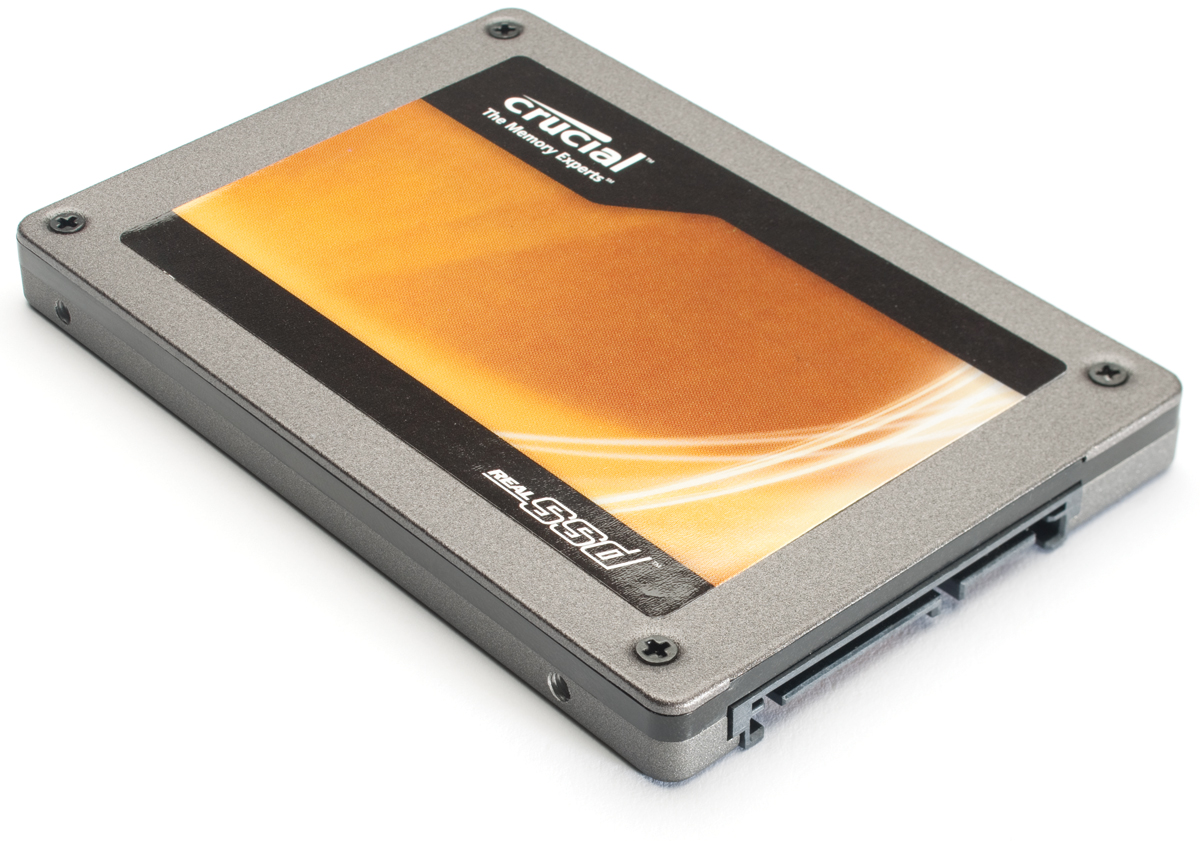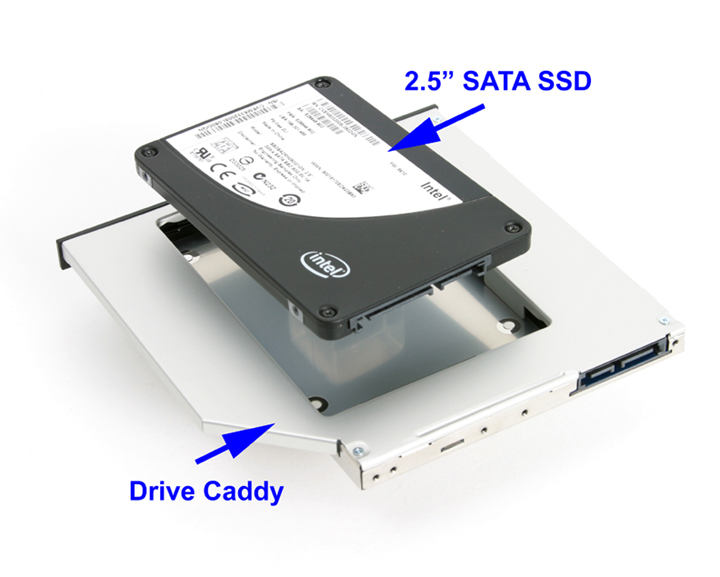The 21st century has been best recognized as the ultimate technological era. People have become highly tech savvy of late. Gone are the days when individuals use to rely on traditional elements such as the likes of a pen, paper and pencil. Today, it’s all about a personal computer and some quick clicks. Moreover, the frequency and intensity with which we work on the PC has led to most of us encountering one common problem, which is nothing, but getting important and sensitive files deleted by mistake. What’s more, is the cold fear that grips you as you end up assuming that the file once deleted is impossible to be recovered. The good news here is that this is a highly mundane notion. In recent times, you can easily get your hands on a number of lucrative freewares that can rightly assist you in recovering deleted files.




